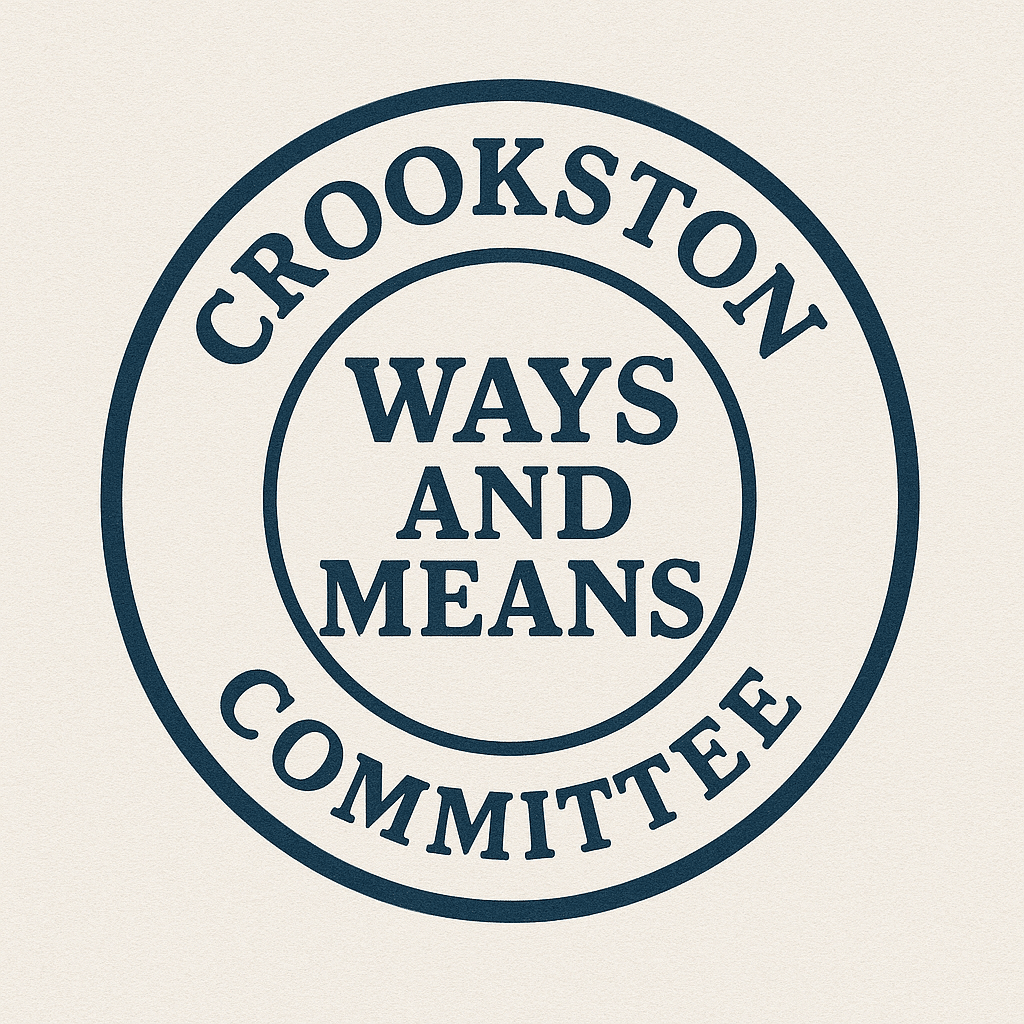Districts around Minnesota are cross-subsidizing their special education funding with general education funds to not only meet the mandates of the federal and state governments but to provide quality services to the students in their districts. The federal government pledged to fund 40% of special education costs in back in 1975, toadying they are funding less than 8 percent of special education costs in Minnesota according to an analysis by the Minnesota Department of Education. The State of Minnesota uses a complicated funding system that includes the three formulas plus some additional funds to provide schools with Special Education Funds.
Combined there is a shortfall among Minnesota schools districts ranging from tens of thousands to as much as $55.3 million in the Minneapolis School District. This funding gap is covered by cross-subsidizing Special Education from the general education fund. The cross-subsidy in Crookston Public Schools is 2017-2018 was just over $1 million says, Superintendent Jeremy Olson. “There is a difference between revenue – what’s funded – and expenses – what’s not funded – for special education,” said Olson. “That difference is made up by regular education dollars. Last year our revenue for special education was $1.4 million, our expenses were $2.4 million. We have to come up with that $1 million somehow and basically; we cover that with general ed dollars which is very similar to what other schools do throughout the state.”
Each district must meet a Maintenance of Effort or spend the same or great amount of local funds on special education from one year to the next with a few exemptions like reduction in child count, retirements, high-cost student gone, elimination of large one-time expenditure. Crookston’s cross-subsidy per student in the district was above average in 2017-2018 at $902. This year using a few of those exemptions the cross-subsidy is projected to be about state average at $829 per student.
Governor Walz budget proposal last month includes $77 million in additional special education funding over the next biennium. While Olson says it’s not realistic to expect the state to fund the entire gap, it’s a good first step. “The district subsidized $1 million last year for special education, this year we are more on track for about a $920,000 cross-subsidy,” said Olson. “When you think about the new legislation that’s proposed it’s not a 100 percent solution. It would be very expensive for the state to pay down the cross-subsidy statewide. It’s like a marathon, and this is the first mile, it’s a little bit of aid to help close that gap. It’s a right step, and I think districts realistically don’t expect the entire gap to be closed because of the financial implications and the price tag that would have for the state.”
Due to inflation, the buying power of general education dollars is less than it was in 2003. Combined with an increased cross-subsidy to special education, districts throughout the state have to be as fiscally responsible as possible while still providing the services students need. “The buying power of general ed dollars has been going down, the cross-subsidy for special education has been going up,” said Olson. “That creates a little bit of a pinch for districts with the dollars transferred from general ed to special ed. We very much value our special education services. We need to provide these things for students. The problem is it becomes cost prohibitive, and we have mandates to provide and what we ethically want to provide. It’s a very delicate balancing act between the financial side and also making sure we’re doing things right for students. We have to balance being responsible with making sure we provide the best services possible for kids.”
Tags:



